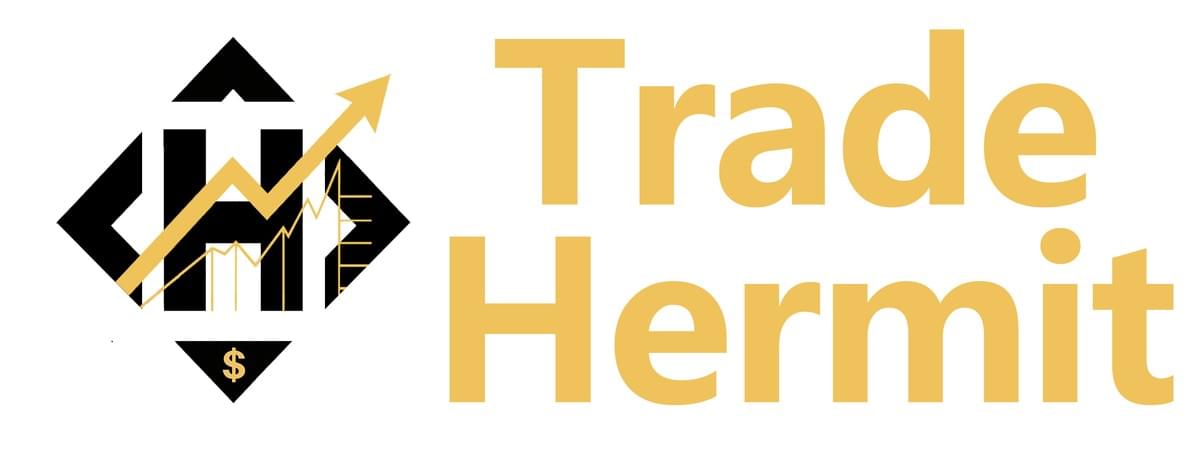Key Data from the Bureau of Labor Statistics
May 2025 nonfarm payrolls were revised dramatically downward—from an initially reported +144,000 to just +19,000 new jobs.
June 2025 figures also saw a sharp cut—from +147,000 down to +14,000.
In total, 258,000 fewer jobs were reported for those two months combined than originally stated
Broader July Report Context
July added only +73,000 jobs, far below expectations. Combined with the revisions, this leaves just 106,000 jobs added over the three-month period—down from a previously estimated 380,000.
The unemployment rate ticked up to 4.2%, from a prior 4.1%.
Job gains were heavily concentrated in healthcare and social assistance, while sectors like manufacturing, professional services, and federal employment declined.
Market and Economic Implications
Federal Reserve Monetary Policy
The unexpectedly soft labor market undermines one of the Fed’s key rationales for maintaining current interest rates. With wage inflation still modest but persistent, pressure mounts for a potential rate cut as soon as September. Notably, two Fed governors dissented at the last meeting and called for an immediate rate reduction.
Futures markets now price in a ~70–85% likelihood of rate cuts in autumn.
Growth Outlook
The downward revisions and weak July print suggest the labor market is cooling faster than anticipated, raising recession concerns amid trade policy turbulence and waning consumer momentum.
Business confidence may suffer, particularly in trade-exposed sectors, as hiring freezes grow.
Equity, Bond and FX Reactions
Equities responded with caution—some rally in bond markets, particularly short-dated Treasuries.
Two-year Treasury yields dipped notably, reflecting growing bets on imminent Fed easing.
The dollar weakened against a broad basket as rate-cut expectations gained traction.
Analyst Take
Labor dynamics: The labor market is losing its footing—previous indicators of strength now look overstated.
Policy shift: Expect the Fed to pivot toward rate cuts unless incoming jobs, wage, or inflation data surprises to the upside.
Market sentiment: Investor sentiment may shift, given the sharp deceleration—watch for rotation from cyclicals to defensive sectors and bonds.

